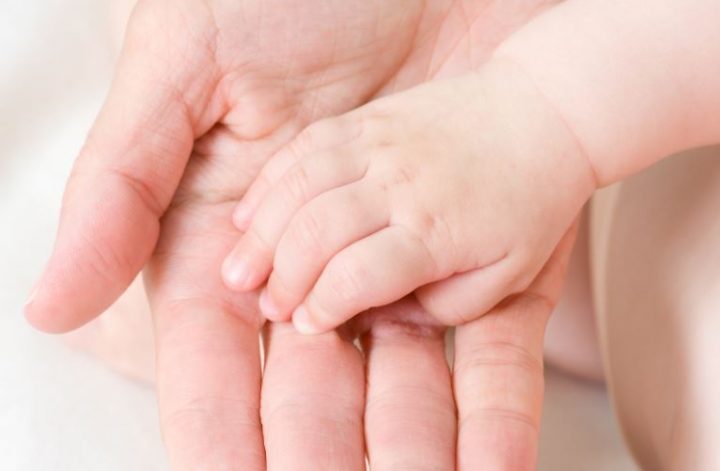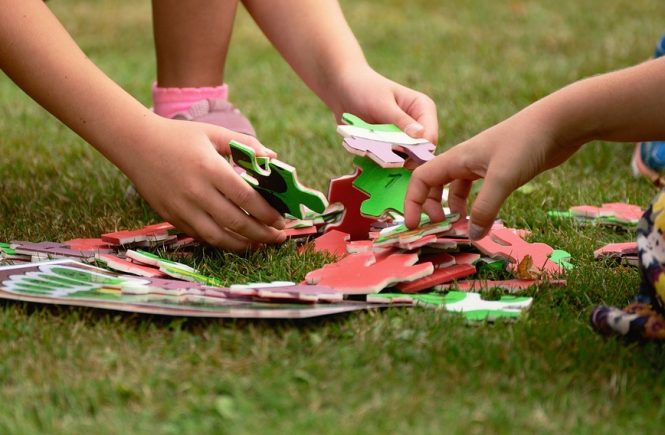
For most parents, especially those having a baby for the first time, nail clippers do not feature in the shopping list. First-time parents are not the only ones who overlook the purchase of a baby nail trimmer in Singapore. Even veteran parents helping new parents prepare for the arrival of their bundle of joy hardly remember to add nail clippers in the list of things to buy.
Why is nail trimming necessary for a newborn?
At the time of birth, most babies already have long nails. You are likely to trim the nails in the first two weeks. Otherwise, the baby will soon start leaving marks all over his face. Babies tend to scratch their faces because they have no control of the way their hands move.
Until they have greater control of their motor skills, infants will always leave scratches on their faces if their nails are not trimmed frequently. While the damage is often superficial, babies can scratch too close to their eyes. To avoid unnecessary damage to a baby’s sensitive skin or the eyes, you should keep your baby’s nails short.
How often should you clip your baby’s nails?
Did you know a newborn’s fingernails grow by a whopping 0.1mm a day? So, you are likely to find yourself trimming your baby’s nails more than once a week. Toenails do not grow as fast, but they too need regular trimming.
Since newborns are often in mittens, some parents assume they are safe from scratching their faces, so they don’t need frequent nail trimming. However, mittens often come off unexpectedly because babies wiggle a lot. The potential risk on your baby’s delicate skin remains high as long as your baby’s nails are not trimmed. It is best to remain observant and keep trimming the nails as often as possible.
Can you bite your baby’s nails instead?
No, you shouldn’t consider biting your baby’s nails in place of a baby nail trimmer. Even when your baby wiggles a lot as you try to trim the nails, it is best to find ways to get your baby to relax during grooming instead of looking for easier alternatives, such as nail-biting.
Your mouth has germs, and you risk transferring them to your baby’s fingers if you opt for nail-biting as a solution for the long nails. Your mouth is also much larger than the baby’s nails, so you will not see what you are doing. You risk biting your baby’s finger if you cannot see what you are doing. Nail clippers remain the safest option for maintaining your baby’s nails.
You should also avoid tearing your baby’s nails because they are soft. You could easily tear the nail too close to the skin, and this can be quite painful. Additionally, baby’ nails harden as they grow. So, unless you keep track of the changes, you may assume the nail is still soft enough for a fine tear, but you may end up with ragged edges that could still hurt your baby’s skin. Since your baby has no control over the movement of his or her hands, you could also end up with some scratches.
Grooming your baby’s nails may seem like a tedious task, but much like everything else to do with the baby, you get used to it. Instead of focusing on how hard It is, you should figure out how best to make it easier. You can choose to trim the nails as the baby sleeps or when the baby is most relaxed, such as after a bath or meal.



